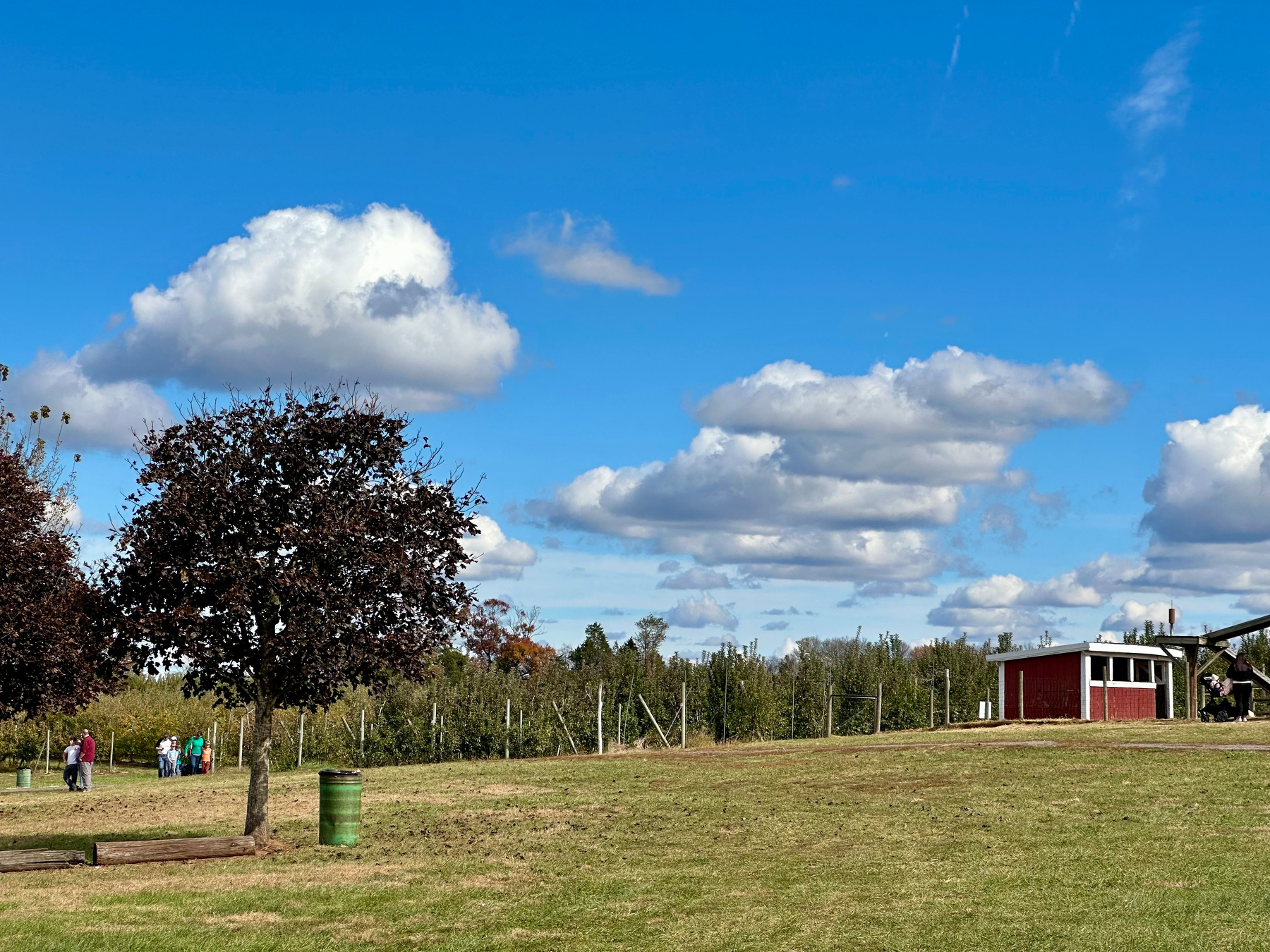It’s a gorgeous day for picking apples.

While US groups have poured resources into gene therapy, many have been held back by soaring costs and regulatory hurdles in their home market. In China, by contrast, regulators have supported the field by allowing earlier human trials and more flexibility in how they are designed. […] But while Chinese regulators have nurtured innovation, low domestic drug prices have forced companies to look abroad to recoup investment. “One huge disappointment has been that the commercial sales for China’s drug sector have never bloomed,” said Loncar.
So let me see if I got this right: Americans are paying for health care out of their noses to finance the world’s medical innovation which nowadays mostly comes from China, the citizens of which have among the lowest medical costs in the world. Someone here is being played.
🍿 Perfect Days (2023) was the perfect movie, with a story that could not have been told through any other medium. In that way it was the polar opposite to that year’s Oscar winner for Best International Film, and I am certain it will be remembered longer and more fondly than The Zone of Interest.
🏀 The Wizards are a cursed team with tone-deaf ownership. For a prime example of their cluelessness I would like to refer you to Monumental Sports' corporate website and their tagline, “Where Monuments meet Momentum”, plastered all over the soon-to-be renovated Capital One Arena. The same group of people who thought this sounded good is in charge of running the team. They are also the owners of the Washington Capitals. The Caps have been, may I remind you, employers of the all-time best hockey player for more than 20 (!?) years, and have managed to win a single Stanley cup with him on board. Hope lies eternal that they will become good, but the odds are that the Wizards will turn any good player they get into a mediocrity.
None of this applies to the Wizard’s courtside entertainment crew, from the show runner to the mascot to their three dancing groups (standard, juniors and — the best of all — their senior dancing crew Wizdom). Whoever is in charge of them should take over the whole show.
🍿 A House of Dynamite (2025) was the horror movie of the year — nay, decade — with a soundtrack made for nightmares. It is also the most geographically correct DC movie in ages, although in 10 years living here I am yet to see someone wearing a clean suit take a WMATA bus to work. Regardless, it was heartening to see that even Netflix could produce an occasional diamond.
It’s a gorgeous day for picking apples.

I mean, just look at these clouds.

And, of course, the star of the show. It’s apple pie time tomorrow.
